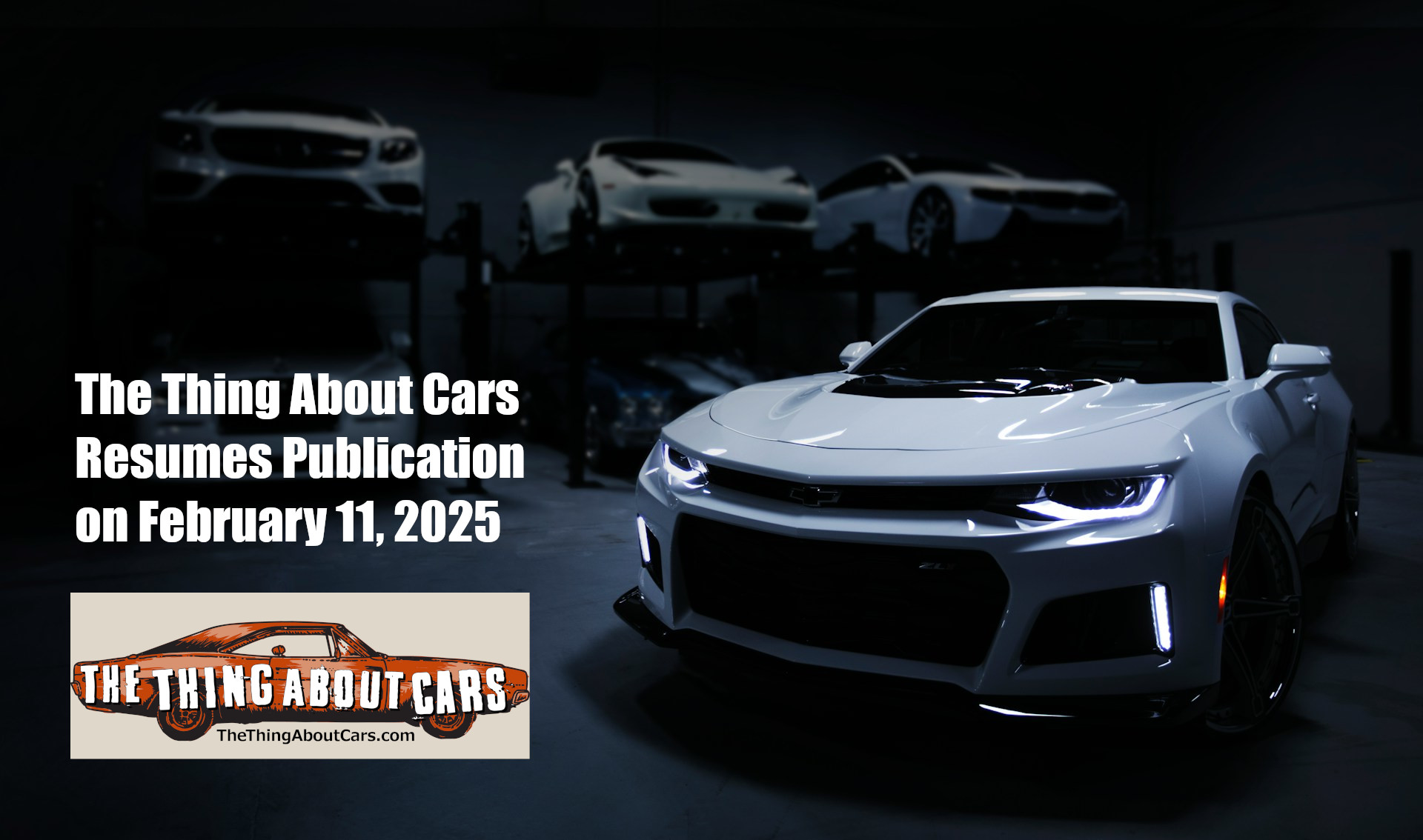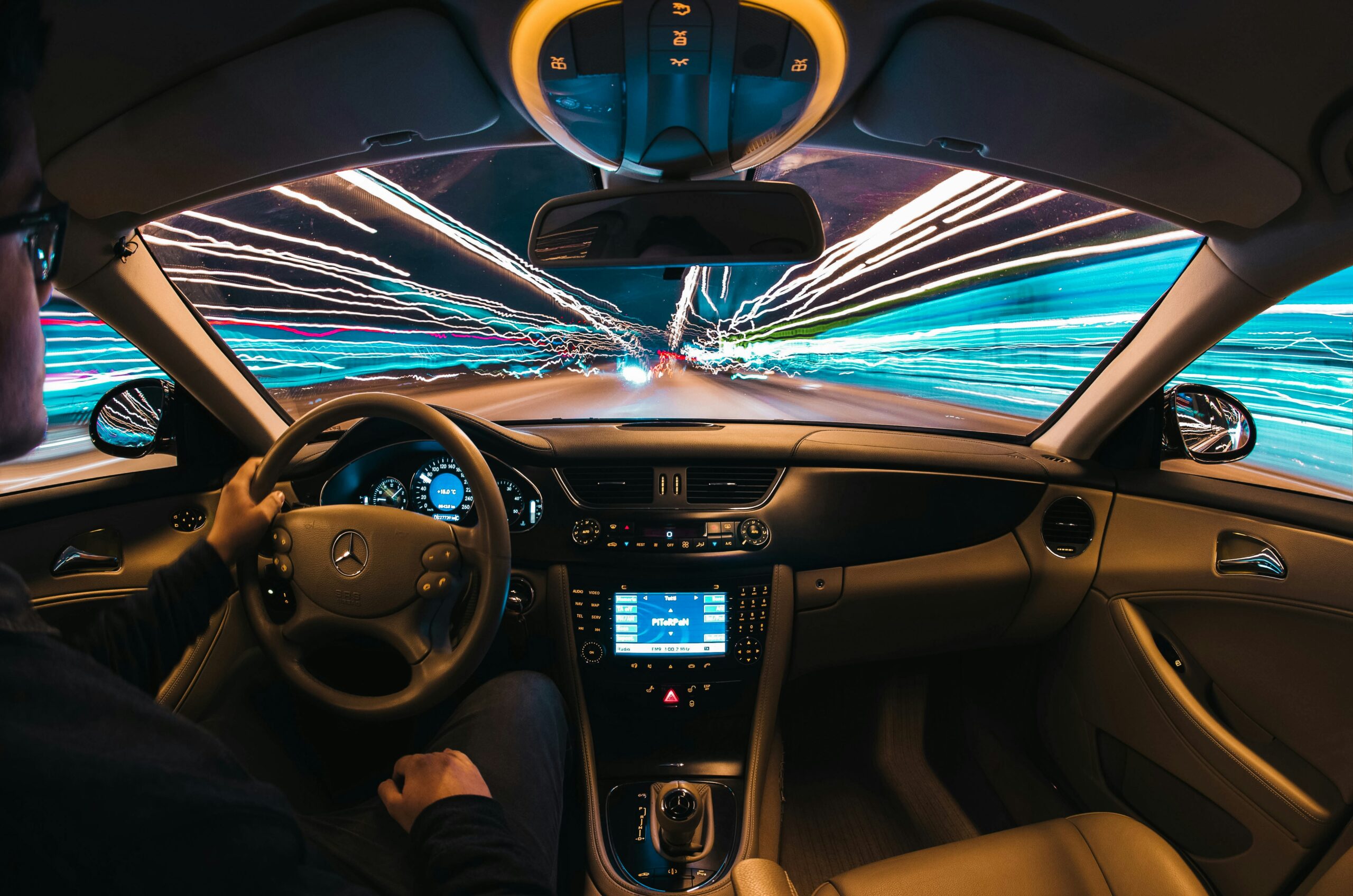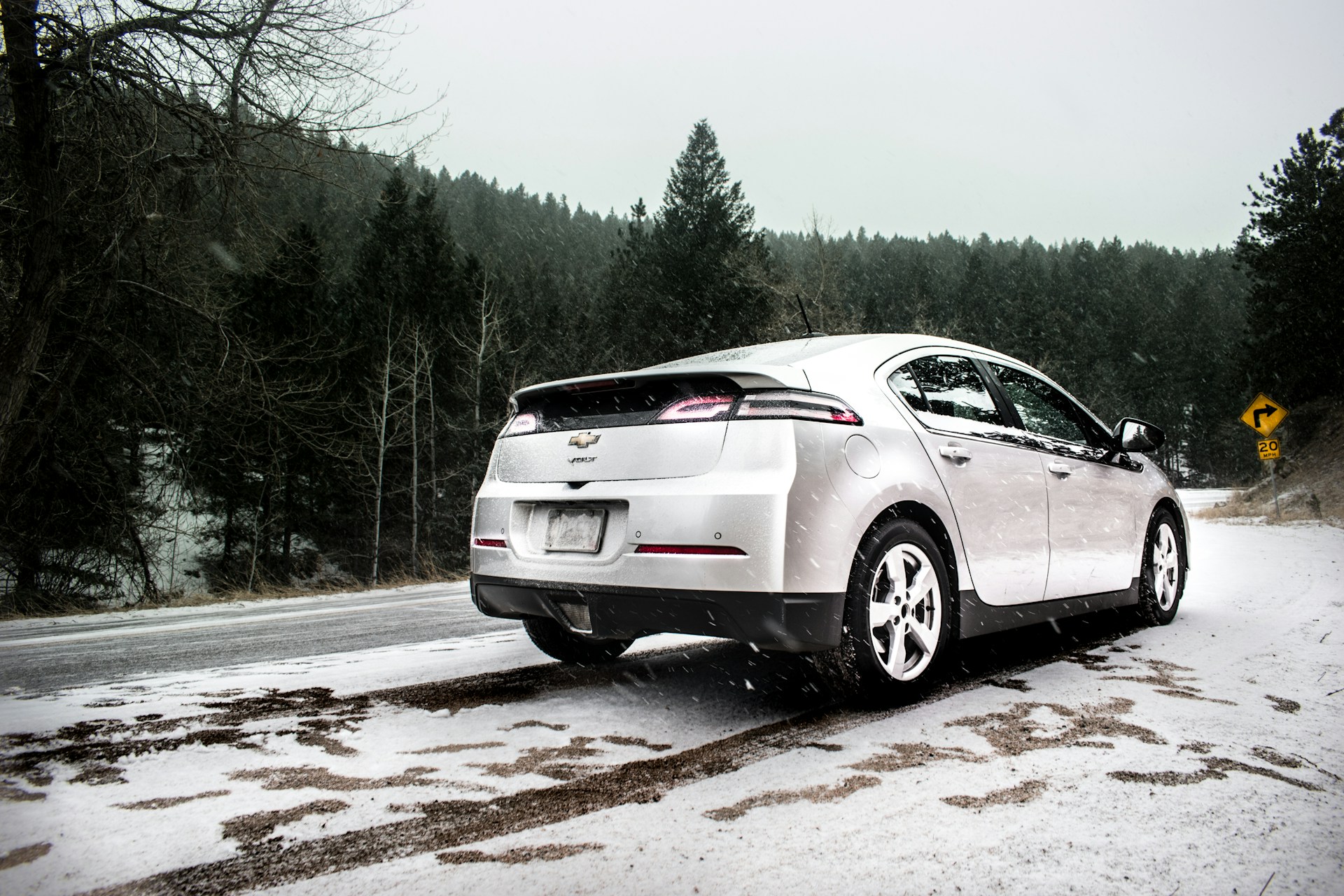If you’ve noticed that your car insurance premiums are higher this year, you’re not alone. Auto insurance rates have been rising steadily, and while the rate of increase has slowed compared to 2024, many drivers are still feeling the pinch. But Why Are Car Insurance Rates Rising So Much in 2025? Let’s dive into the key factors driving up car insurance rates in 2025 and what you can do about it.

The automotive industry is on the brink of a technological revolution. As we approach 2025, carmakers are integrating cutting-edge innovations that promise to redefine how we drive, commute, and interact with our vehicles. From advancements in autonomous driving to futuristic connectivity features, here’s what Car Tech in 2025 might look like.
Driving on icy roads can be one of the most challenging and nerve-wracking experiences for any motorist. Whether you’re facing a sudden freeze or navigating a snow-covered highway, understanding how to handle your car on ice is critical for your safety. Here’s a comprehensive guide to staying safe when the roads get treacherous.
The holiday season is in full swing, and for many of us, that means hitting the road to visit family, friends, or new destinations. Whether you’re traveling for a winter celebration, a New Year’s bash, or just to soak in the festive spirit, holiday road trips can be both exciting and stressful. Crowded highways, long drives, and last-minute surprises often come with the territory.
Fear not! With some clever planning and these road trip hacks, you can turn your holiday travel into a smooth, enjoyable adventure—one filled with memories instead of mayhem.




